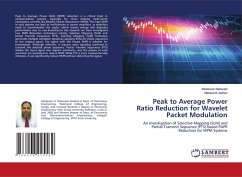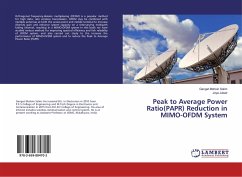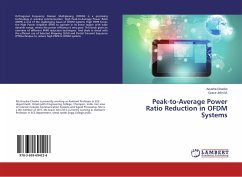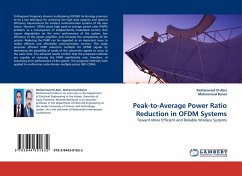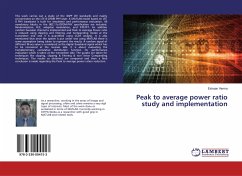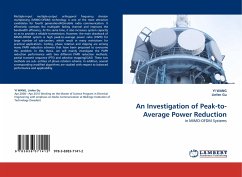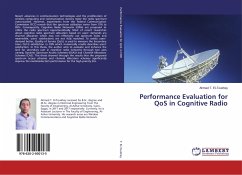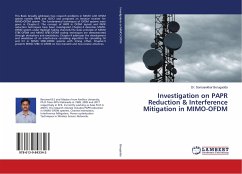Peak to Average Power Ratio (PAPR) reduction is a critical topic in communication systems, especially for those utilizing multi-carrier modulation schemes like Wavelet Packet Modulation (WPM). The high PAPR in such systems can lead to inefficiencies in power amplifiers, as amplifiers need to accommodate the peaks, which wastes energy and degrades performance due to non-linearities.In this research we have investigated two PAPR Reduction techniques namely, Selective Mapping (SLM) and Partial Transmit Sequences (PTS). Selective Mapping (SLM) technique generates multiple candidate signals by applying different phase sequences to the original signal. The signal with the lowest PAPR is selected for transmission. Although effective, it requires extra signaling overhead to transmit the selected phase sequence. Partial Transmit Sequences (PTS) divides the input signal into disjoint sub-blocks, and the phases of each sub-block are optimized to reduce PAPR. While PTS is more computationally intensive, it can significantly reduce PAPR without distorting the signal.
Bitte wählen Sie Ihr Anliegen aus.
Rechnungen
Retourenschein anfordern
Bestellstatus
Storno

